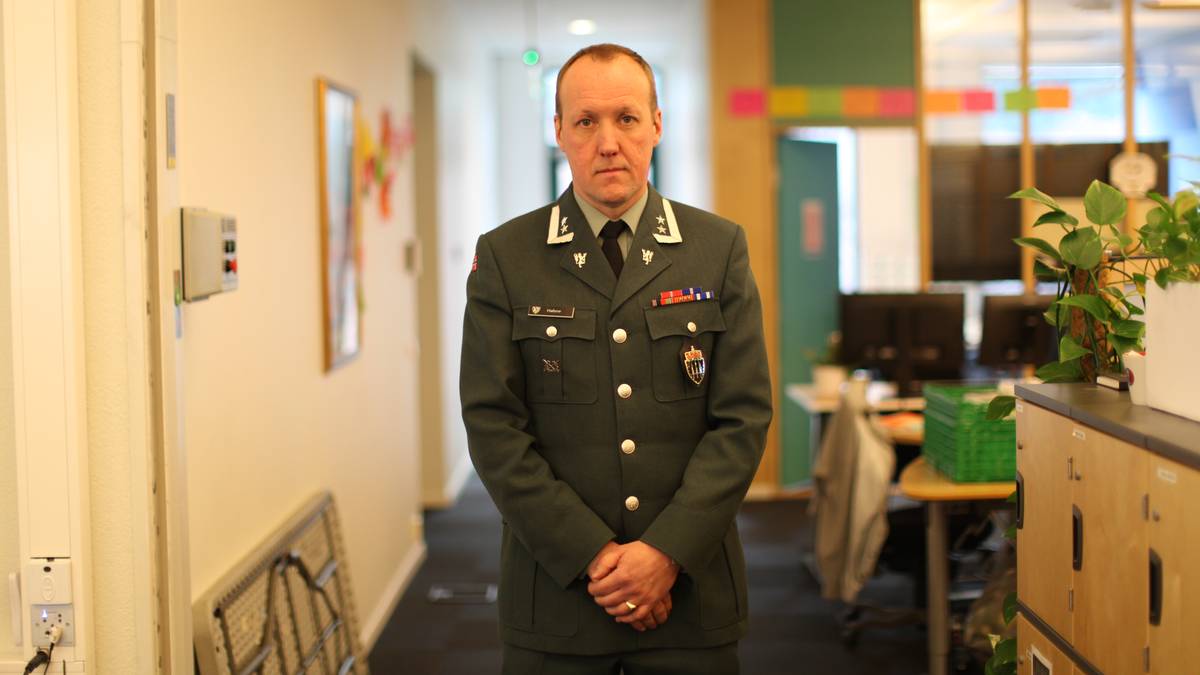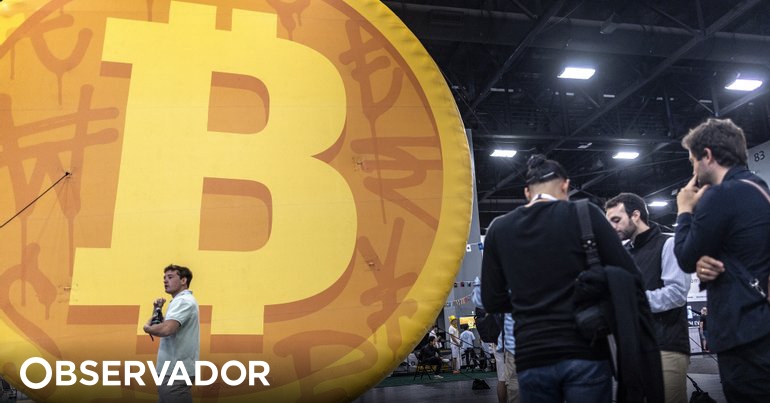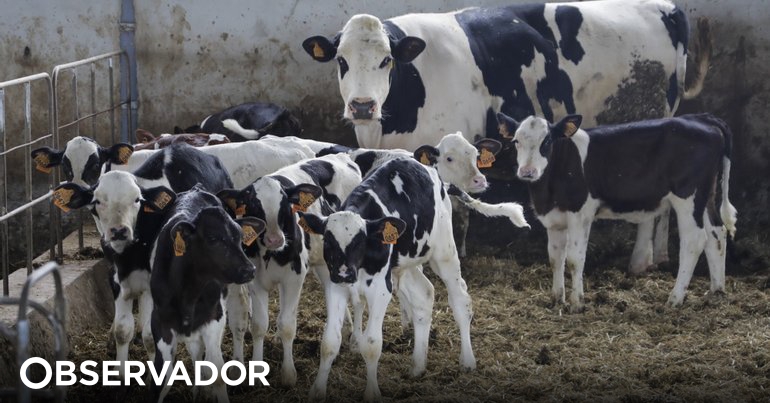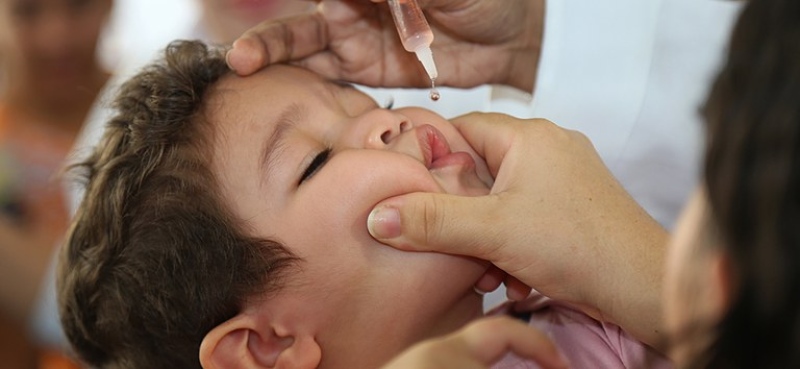Brazil is at risk of a resurgence of polio, a disease caused by the polio virus that was eradicated in the 1990s, when the country became a pathogen-free place. However, a decrease in vaccination coverage and a reduced sense of risk of disease, as well as a series of structural difficulties for the PNI (National Immunization Program), led to the validation of the polio eradication certificate. And in the past two years, the Covid pandemic has exacerbated this scenario.
In September, the Pan American Health Organization (PAHO), the arm of the World Health Organization (WHO) in the Americas, declared Brazil a high-risk country for polio.
According to Pediatrician and Vice President of the Brazilian Society of Immunization (Sbim), Isabella Palalai, the high-risk alert situation in the country is caused by the vaccination coverage of less than 95% for children under the age of five with the possibility of reintroduction of the virus. At any time, as recently in New York, the first case in the Americas since 1994.
“This risk is determined by several criteria, and Brazil, in addition to not reaching the recommended vaccination coverage, is also failing to comply with other criteria,” says the doctor.
Currently, in the country, the coverage of polio vaccination in children up to the age of five is 61%, according to data from SI-PNI obtained by the DataSUS platform. In previous years, that rate has actually fallen, from about 80% in 2016 to 70% in 2020.
Incomplete data for this year show that the lowest vaccination coverage rate in the country is concentrated in the North (38.8%) and Northeast (41%) regions, while the highest coverage is in the Midwest (46.6%).
The vaccination schedule for children under five years of age consists of an initial schedule, with an inactivated virus vaccine (called VIP) of three doses, at two, four and six months. The booster is already done at 15 months and four years of age, with the oral attenuated virus vaccine, the popular “droplet” vaccine.
specialists
The report listened to six experts to understand the current situation in Brazil, and according to them, first of all, it is necessary to understand that low vaccination coverage is a phenomenon that has multiple factors and is not limited to the country.
“The drop in vaccination coverage is a global phenomenon, not just here, and it has been happening since 2016 and 2017. In 2018, after a major national mobilization with health managers, we were able to recover [a cobertura vacinal]but this decline increased in 2019, and as the epidemic spread, it hindered this work,” explains epidemiologist and former coordinator of PNI (2011 to 2019), Carla Dominguez.
According to Dominguez, some of these factors are the perception that there is no risk of contracting the disease, once it has been eradicated, the lack of knowledge of the importance of vaccination and, more recently, the dissemination of misinformation about immunization.
“If the population doesn’t see this disease as serious, even though they think it’s important to get vaccinated, they won’t prioritize vaccination, and that’s one of the factors that contributed to the downfall,” he adds.
Additionally, the difficulty of obtaining a vaccine, given the size of Brazilian territory and regional differences, is another factor.
“A city the size of São Paulo has its strategies to expand vaccination, such as opening clinics on weekends, at night. But these strategies are not the same as in Amazonas, where it is necessary to think of a strategy that leads to the effective vaccination of the population.”
However, these activities have been hampered in recent years with reduced resources aimed at communication, training and prioritizing the national vaccination campaign, according to infectious scientist Julio Croda, a researcher at Vuecruz.
“The lower coverage in the north and northeast brings thinking in terms of accessibility and what is being actively done. The lower there are family health policies in the municipality, the more difficult it is to increase coverage,” he explains. .
For the infection specialist, it would be important, in the current scenario, to standardized strategies for prioritizing vaccination. “If that parent is unable to get the child to be vaccinated in the mail during office hours, try to campaign in schools, and do active research, these are the strategies that can work and improve coverage.”
The same view is shared by pediatrician and associate professor at the University of the South Pacific School of Medicine Gabriel Oselka. “No one knows about the case of polio anymore, there is no such awareness of the risks. Previously, the adult population was ‘immunized’ with so-called herd immunity due to high vaccine coverage and today, with no perception of the risks, this is no longer a reality.”
The doctor, who coordinated immunization actions in the state of São Paulo, recalls that this vision, combined with false news, has created fertile ground for the activities of anti-vaccination groups in recent years.
Low coverage, along with two other factors about which there is insufficient information in the country, such as environmental monitoring (searching for samples of the virus in sewers) and notification of so-called vaccine-related adverse effects, may still mask the true dimension of the country’s polio cycle, As the director of immunizations at SBP (the Brazilian Society of Pediatrics), Renato Kfoury explains. Introduction of the oral vaccine as a booster at 15 months of age [1 ano e meio] And four years cause the virus to shed naturally in the stool, but we do little monitoring of the virus in sewage systems.”
For epidemiologist and professor at the Federal University of Espírito Santo (OFUS) Ethel Maciel, it is necessary to replace the attenuated vaccine with the completely inactivated virus. “In a country like Brazil where many families lack basic sanitation and a scenario of low vaccination coverage, there is no doubt that it is worrying that the vaccine virus is dumped into the sewers, which could lead to a return of the virus.”
One case of notification of a potentially serious adverse effect associated with the vaccine occurred on Day 6, in Pará, when the State Department of Health reported the presence of poliovirus in the stool of a child with acute flaccid paralysis, which may be associated with it. effect on the vaccine. The Ministry of Health has not yet completed the investigation.
In Maciel’s assessment, recovery of vaccination coverage must necessarily pass through a public policy for prioritizing vaccination. “Undoubtedly, health authorities’ questioning of the safety and efficacy of vaccines contributed to this decline in coverage. Campaigns are still being activated by municipalities, but if there is no intention in the three areas to encourage vaccination it will be difficult to recover.”
Learn more about myelitis
What is polio disease?
Polio is an infectious disease caused by the polio virus and is most common in children under the age of five. In most cases, polio is asymptomatic or has symptoms such as fever, diarrhea, vomiting and body aches, but in about 5% of cases it can cause polio, with complications in adulthood.
What are the types of polio viruses?
There are three types of poliovirus (serotypes 1, 2, and 3). Currently, the cases of circulating wild virus are type 1. Oral attenuated virus (OPV) vaccines are bivalent and contain only forms 1 and 3. Inactivated vaccines also protect against form 2.
Where are these viruses still found?
Almost all over the world, the so-called wild polio virus has been eradicated and is currently endemic to only two countries, Pakistan and Afghanistan. In February 2022, Malawi, an East African country, recorded for the first time since 2009 a case of a wild virus on the African continent. The virus was similar to the one found in Pakistan and was classified as an imported case.
Is there a cure? How do you protect yourself?
There is no cure for polio, but it can be prevented with vaccination. In 2010, the World Health Organization recommended that countries replace immunization with the oral polio vaccine (OPV), from the manufacturer Sabin, with the inactivated virus vaccine (VIP), from the manufacturer Salk, as cases of the polio vaccine continue to emerge. Every year in the world due to virus leakage in faeces after immunization with an attenuated vaccine. However, change is slow and in many countries could cause a so-called polio vaccine outbreak, as happened recently in New York.
When was the last case?
An outbreak of polio vaccination was reported in 2022 in New York (USA) and Israel. In addition, samples taken from sewage found polio virus in London (England). In Brazil, the last recorded case of polio was in 1989, with only a few cases until 1994 of the vaccine virus being found in samples of children suspected of having the polio vaccine.
Read also:
– Goiás Health prepares to diagnose polio cases
– The government has launched a vaccine against Covid-19 in children from 6 months with comorbidities

“Wannabe internet buff. Future teen idol. Hardcore zombie guru. Gamer. Avid creator. Entrepreneur. Bacon ninja.”






More Stories
The World Health Organization recommends drinking pasteurized milk due to the influenza virus found in cow's milk in the United States – Observer
Joana Paredes was the winner in the science category
Jornal da Franca – A study revealed that hugs and affection reduce pain, depression, and anxiety